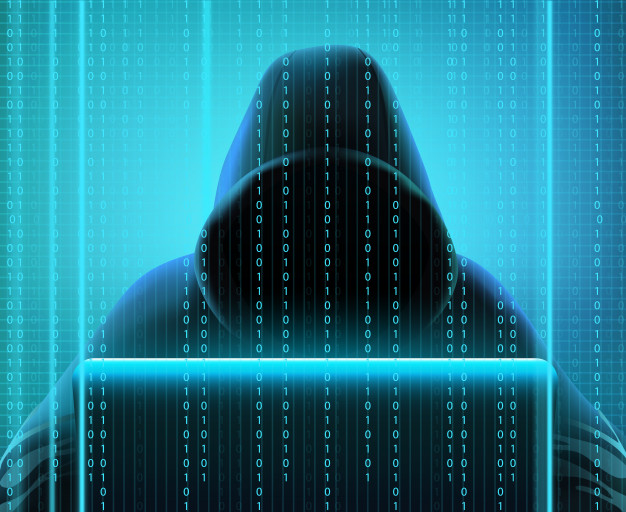
As cryptocurrencies are getting more and more popular, and they have competitive exchanging rates, at the same time they are a target to cyber-criminals and hackers. They are always looking for some vulnerable points in the network, so they can create a breach and use it to steal someone’s identity and take over their crypto savings. One of the most common recommendations is to put your crypto gains in your e-wallet, but sometimes even this device is prone to cyber-attacks. These actions are harmful to the data privacy everyone is fighting for.
During the time of the COVID-19 crisis, we saw how the crypto market is becoming bigger than ever. But, at the same time, that means malware and scams are rising too, especially when the people moved from the offices to their homes for work. In some cases, that means they are using public hotspots to work or join some open Wi-Fi, and many similar activities that are making your computer data vulnerable. A lot of social media users say they are receiving different offers from people they don’t know, urging them to visit some link, that redirects to some page, which is potentially dangerous, and they can become victims of identity theft. According to osoblanco.org, the most common problems with cybersecurity are the hackers in the first place, then the vulnerable wallets, double spending (claiming one crypto coin twice), and of course, the thing named selfish mining, when one person has more powerful equipment compared to the other people, and take a huge part of the coins available.
Here are some ways to protect your cryptos from cyber-attacks:
1. Use at least two-factor authentication
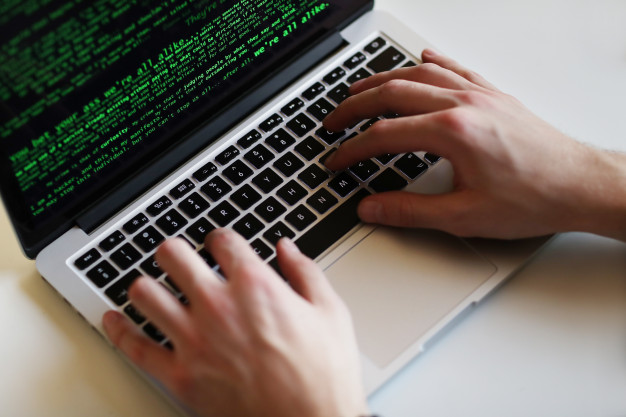
Add at least two layers of protection to your trading account, or crypto wallet. If you use only one password, your account is still vulnerable, no matter how complicated is the combination. So, if your device is allowing you, unlock the app with a code you will receive on your email or through SMS, or even use fingerprint or face recognition to access your money. Also, choose a strong password, and avoid the predictable combinations that include your name, date of birth, or passwords like “123456789” and “qwerty123”. You can even change it every now and then when you feel like doing that.
2. Maintain a proper cyber-hygiene
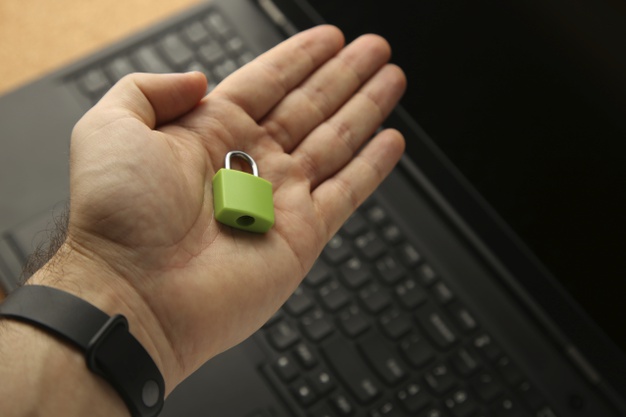
This is not one particular activity. It’s more like a group of behaviors that are responsible for your Internet security. That means you need to use antivirus and antispyware software, and always update them to the latest version. Then, check the websites you visit often, to see if the URL is the real one. Don’t click on every link you receive, no matter where it’s sent. Don’t give your private information to anyone you don’t know. Sometimes it’s very difficult to spot the scam, and that’s why when you receive something you don’t expect. Malicious links are the biggest scam in history, but a lot of people still fall for them, creating vulnerabilities in the network.
3. Use only one device to mine or trade
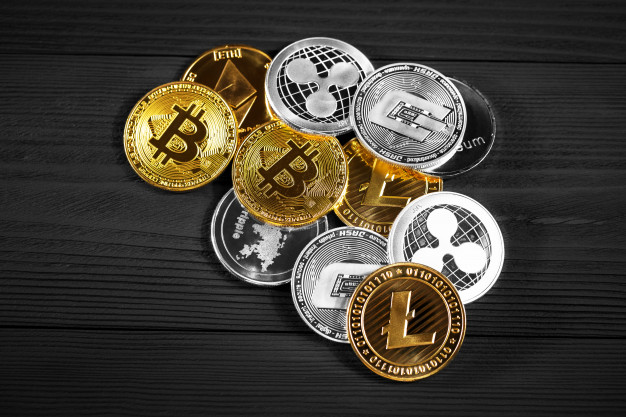
Don’t log in to your friend’s computer, and don’t use the office PC that you may share with your coworkers to trade cryptocurrencies. For actions like this, you must be responsible for your own security. Probably you feel bad when you have to use your Facebook profile or personal email at work, and when you open an incognito window so you can be sure nothing will be left open after you complete your task. Your crypto activities are more serious than that, and you should never “spread” your account around. It’s always a better option to use your smartphone so you can check the situation because it’s a device you use by yourself.
4. Use the offline wallet

Online wallets are an easy target for cybercriminals, and the traders should go for physical offline devices that are used as wallets. Withdraw a bigger part of your savings there, and make sure you have all your keys and codes, and store them in a safety box, or a place that is away from the people’s curious eyes. These devices often look like the everyday USB-memory sticks, and they can be easily damaged if not used properly. You can keep only a small amount on your online wallet, for the future fees that may be charged for the transactions.
5. Use reputable trading platforms
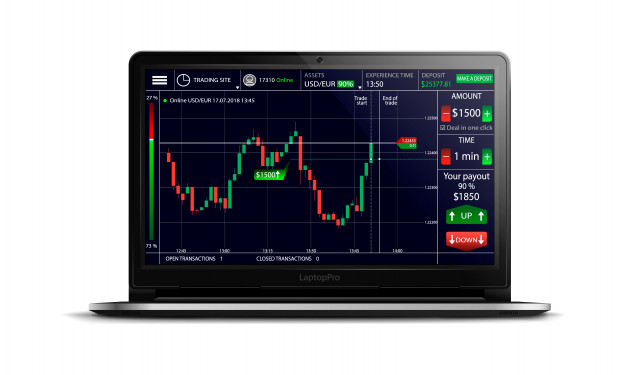
Today it’s easy to fall for a website that looks legit and shares your data with third parties. That’s why you must be very careful when you join some new service and check their background. If possible, ask your friends for a recommendation. It’s on you to compare and choose properly. Our recommendation is to go for reputable choices, for your own good.
6. Choose only one or two cryptocurrencies
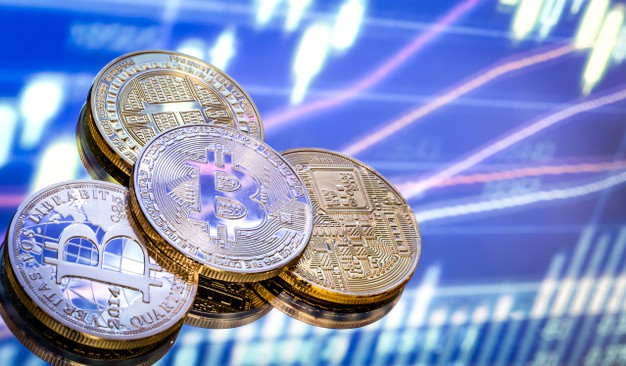
If you are a beginner, probably you are too enthusiastic about your activities on this market, and you want to try everything that it’s offered there. All those unlimited options and attractive currencies are catching your attention, but if you try to work with more than two of them, you can easily forget about the security measures, and cause a real mess. So, in the beginning, focus on one or two cryptocurrencies, and then go for another one, when you are sure you are ready for that, and that your actions won’t cause something that will make you an easy target for cyber-attacks.
As you can see, the crypto market is still risky and vulnerable, and hackers find it pretty easy to cause some damage and steal the crypto savings that aren’t properly secured. Treat your crypto activities just like your social media activity. Use all the PINs, passcodes, keys, and layers of authentications that are required, so you can protect what you have. Once you have your physical device, keep it safe all the time, just like you do with your wallet and the cash. But, keep in mind that there is always a chance to become a victim of cyber-criminals, especially if you share these things with your friends or people you don’t know well.












